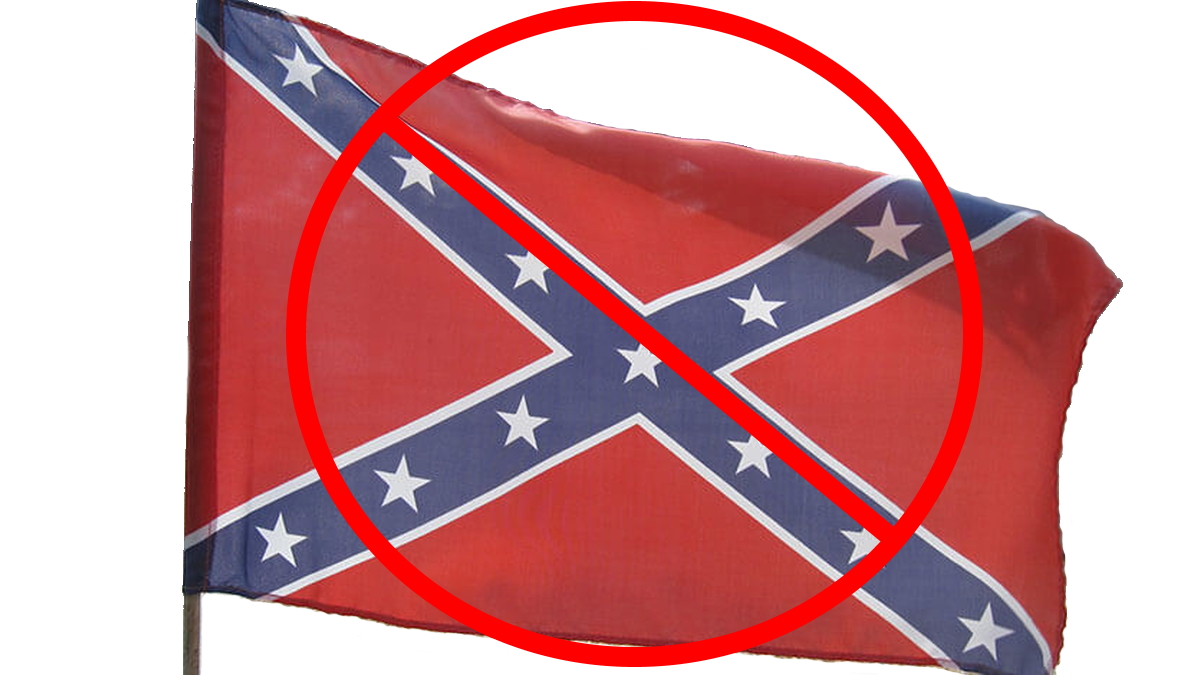It would take a very heated issue for me to actually post a political post, but I wanted to offer a point of view here that most people have not considered, regarding the main argument about losing legacy or erasing history because confederate flags and statues are removed, or companies like Quaker Oats changes a brand like Aunt Jemima.
And I didn’t want to just offer a point of view, because complaining about something never actually solves anything. I wanted to offer a solution, because the right action solves problems, and I wanted to give people something to act on.
I’m going to break this down into two parts:
- My point of view.
- The solutions.
A. The Point of View.
1. I’ll start with an easy, if not controversial one. In the case of Aunt Jemima, Nancy Green and the other women, (at least 9 others), were employees. They don’t own the Aunt Jemima brand.
Why is that significant?
The definition of a legacy is “a gift of property, especially personal property, as money, by will; a bequest,” (Merriam-Webster).
If you don’t own it, it cannot be a legacy. Aunt Jemima is a legacy for Quaker Oats, not a legacy for the families of the women who played the role of Aunt Jemima.
At the end of the day, no matter how famous they became, or how they leveraged the job, how many people they inspired, or how proud the family is of everything the women who played Aunt Jemima was, it was still just a job.
They were still employees. It is history for those families, but not a legacy, because they don’t own Aunt Jemima.
2. This one is a matter of principle that everyone should be able to understand. If you run a company and hire employees, if they became famous through the job, should you be beholden to a former employee because they don’t want you to change your brand?
Obviously not. In the corporate world, that’s just crazy. Can you imagine the scenarios?
Imagine a model who was the face for a line of product, trying to hold the company that makes that product accountable because they want to change their brand.
The bigger the company, the bigger the nightmare too.
Imagine if Nike for example, wanted to alter the swish logo, only to have every athlete that were featured on the brand try to tell them they can’t change the logo because it would ruin their legacy, or erase history.
No company in their right mind would ever give employees that kind of control over how their business operates like that, and no former employee, regardless of how famous they became, should have that kind of control.
Let’s take it one step further.
Imagine your last job as an employee for a moment. Now imagine that they’re changing the brand. Do you have a right to tell them they can’t because you were made famous as an employee representing that brand?
When you think about it, it’s kind of silly to even consider, isn’t it?
3. This is the one that gets people fired up. You ready?
Removing or changing brands, symbols, flags, monuments, statues, etc. does NOT erase history.
Much of society today, and this is my opinion, lacks object permanence. What is that?
In psychology, object permanence is the understanding that objects continue to exist even when they cannot be seen, heard, touched, smelled or sensed in any way.
History is such an object.
And because people lack object permanence, you get arguments like, “we only have new cases of COVID because of testing” which is absolutely ridiculous. Point of fact, testing doesn’t give us new cases.
Testing is the equivalent of a measuring stick or a ruler.
We have new cases because there are infected people and it’s spreading. If people weren’t getting infected, the testing would show that infections are decreasing, because less and less people would be getting infected or sick.
That is a lack of object permanence, meaning that some people don’t understand that people are getting infected whether there was testing or not.
What testing is doing is giving us an accurate measure of how many people are sick, because the numbers before were estimates and partial figures from people who actually were tested.
That the numbers are going up is evidence of what experts have been saying, that there are more people infected than we know. All testing is doing is showing us how many more.
The lack of object permanence is why you get the argument that removing monuments erases history.
History is history because it is history. It’s in the past, and changing the present or the future does not alter the past.
What changes is whether or not the history is recorded.
In a sense, the lack of object permanence is “out of sight, out of mind” one step further, to where it becomes “out of sight, out of existence,” because some people really need to see to believe, and if they don’t see a constant reminder, it’s as if it doesn’t exist.
And now that you understand the perspective, here is the solution.
B. The Solution.
This is actually a 2-part solution. I spent almost a week debating this topic every day before I could fully appreciate and explain the perspective you just read, and the solution is surprisingly simple.
So we have the problem. How do we solve it?
(And this is where I would expect people to take action).
1. Regarding history and legacy, now that we know the brands, the statues, the flags, and so on are not legacies, and the problem with their removal centers on the recording of history…
The families who feel their history or legacy is being erased or destroyed, should create their own family history book or history archive.
This will first, record their history so that no change or removal of brands or monuments will erase that history.
Second, that history will become a legacy because they own that, and they can pass that book or archive down through their family.
I would also point out that this is how humans have passed on history since the beginning of human history. It was done through word of mouth and songs, (like the slaves did when they were forbidden to read), family albums, writings, etc.
There is nothing that is stopping anyone from continuing to do what humans have done for thousands of years.
2. As pointed out, it’s wrong to try and force companies like Quaker Oats from changing their brands; futile really. That said, there is an opportunity here to kill two birds with one stone. Create a company brand museum.
First, for the families that are complaining, if they truly feel they need some kind of outside proof, verification, even publicity or confirmation of their history, a brand museum would be a great way to give them that.
And second, the company can continue to make money off of the brands they no longer use or have changed. A brand museum would be a great legacy for the company, and a unique tourist attraction for the company that can be leveraged to attract new customers and business.
It would preserve the purpose of a brand, and in a sense repurpose old content that can be promoted again.
This is a win win solution for everyone involved.

